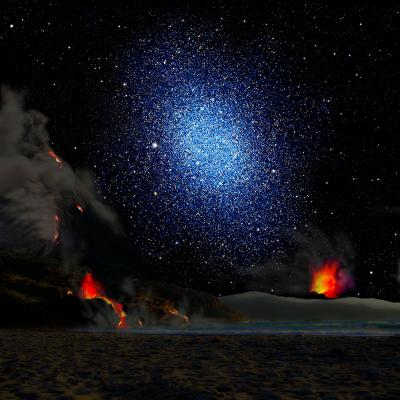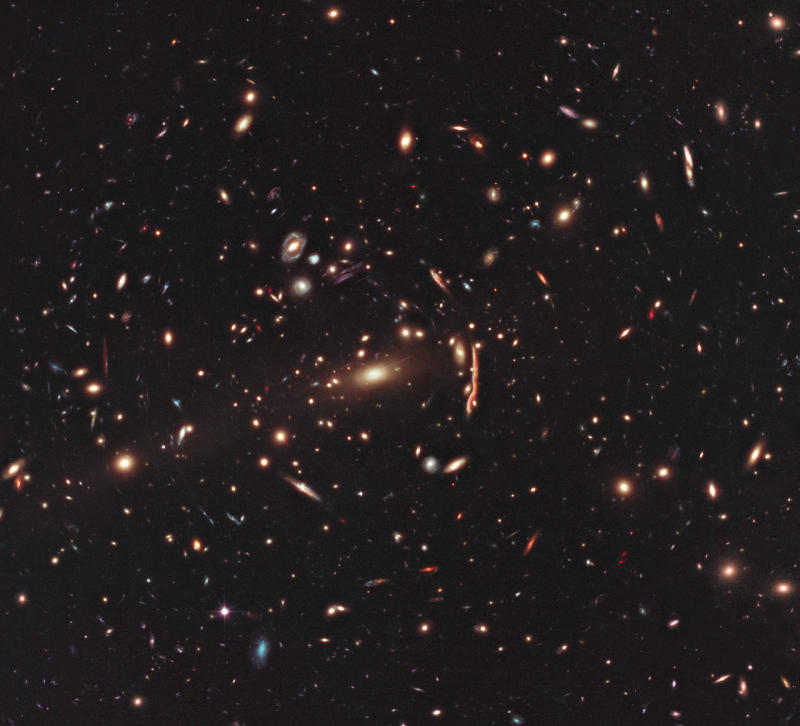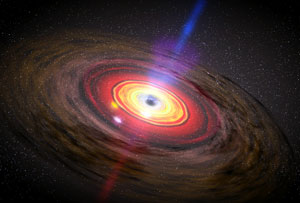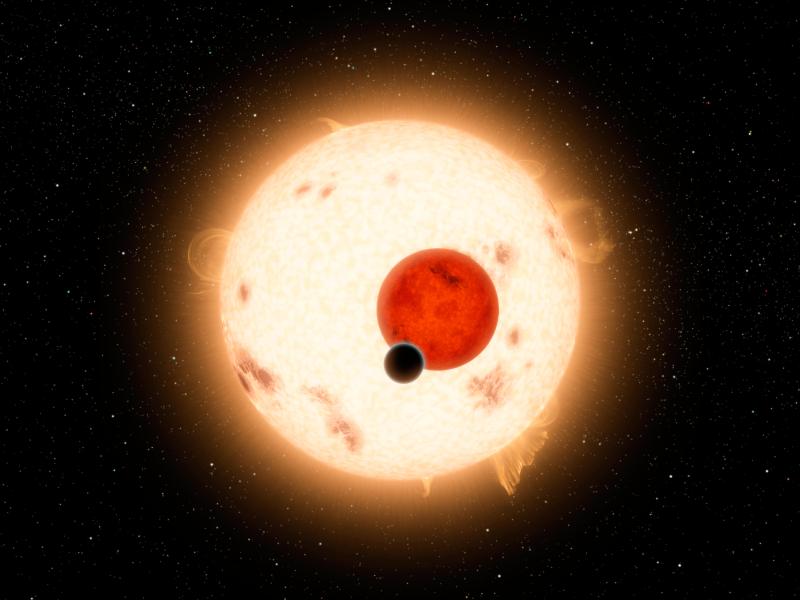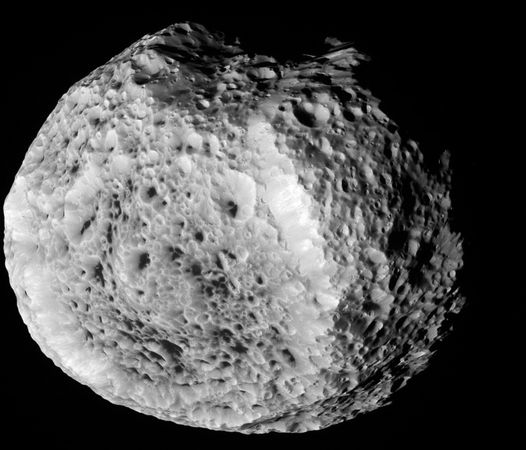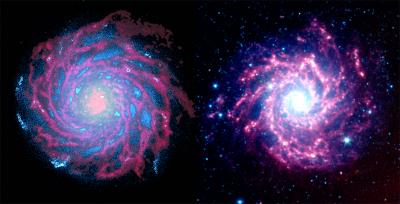 Friday, October 21, 2011 at 1:13PM
Friday, October 21, 2011 at 1:13PM Nearby planet-forming disk holds water for thousands of oceans
"Water is an essential ingredient for life. Scientists have found thousands of Earth-oceans' worth of it within the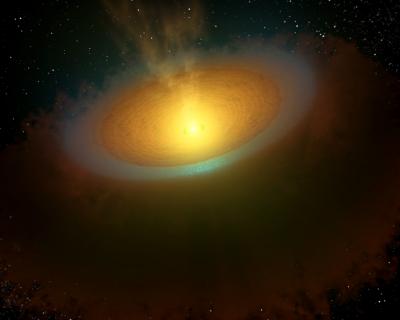 planet-forming disk surrounding the star TW Hydrae. TW Hydrae is 176 light years away in the constellation Hydra and is the closest solar-system-to-be."
planet-forming disk surrounding the star TW Hydrae. TW Hydrae is 176 light years away in the constellation Hydra and is the closest solar-system-to-be."
"University of Michigan astronomy professor Ted Bergin is a co-author of a paper on the findings published in the Oct. 21 edition of Science."
"The researchers used the Heterodyne Instrument for the Far-Infrared (HIFI) on the orbiting Hershel Space Observatory to detect the chemical signature of water."
